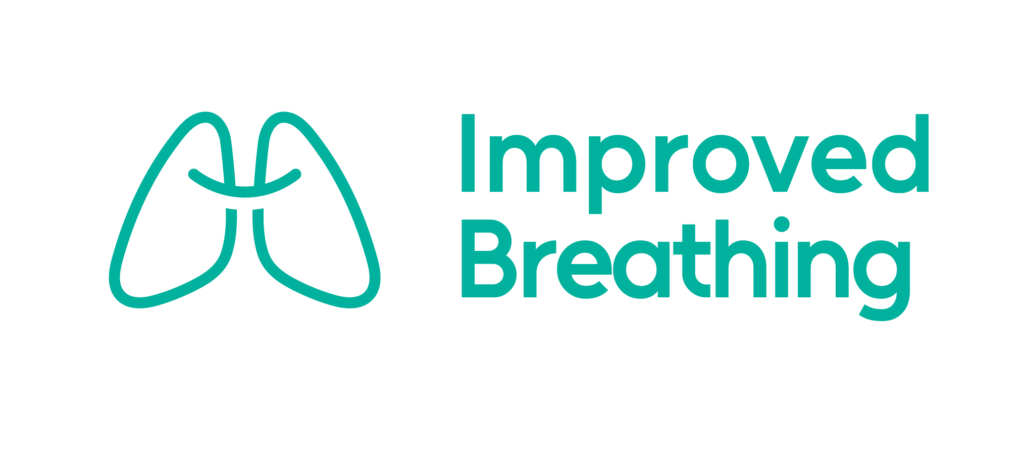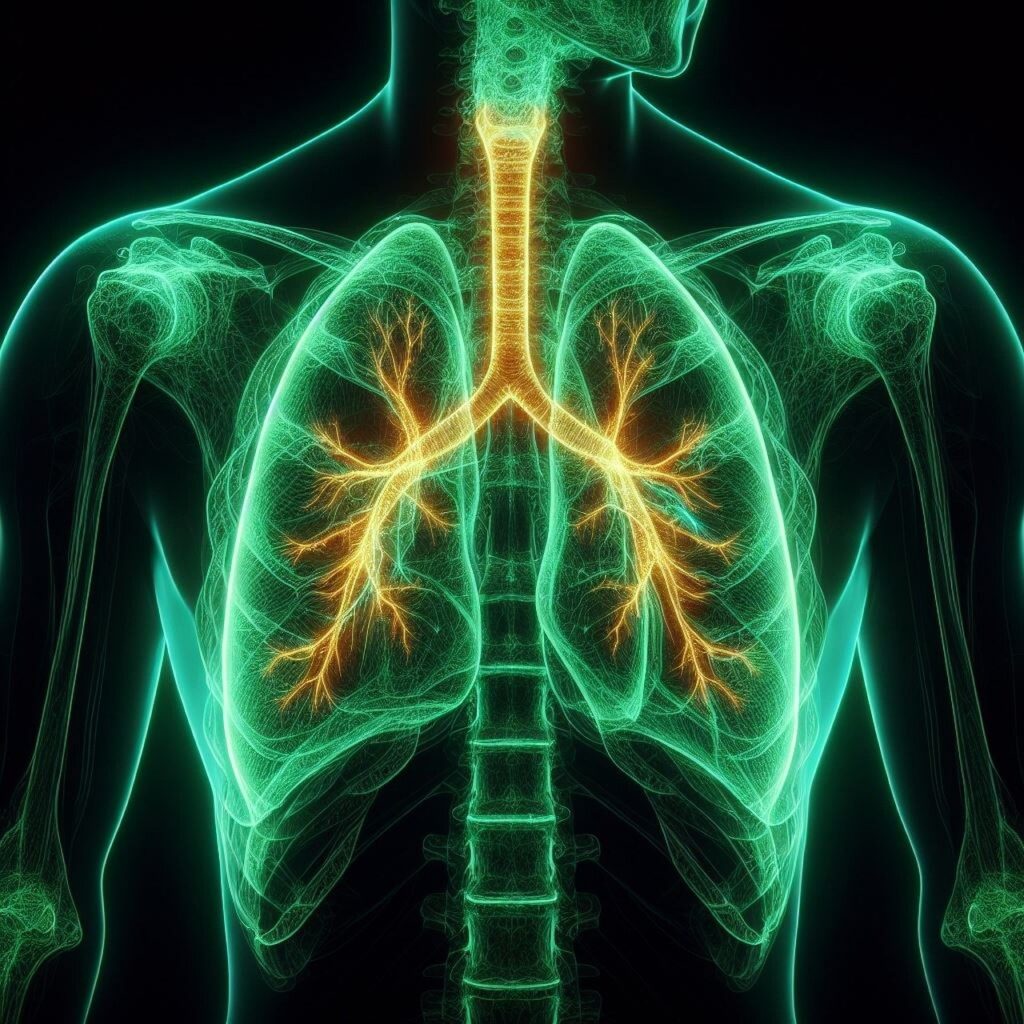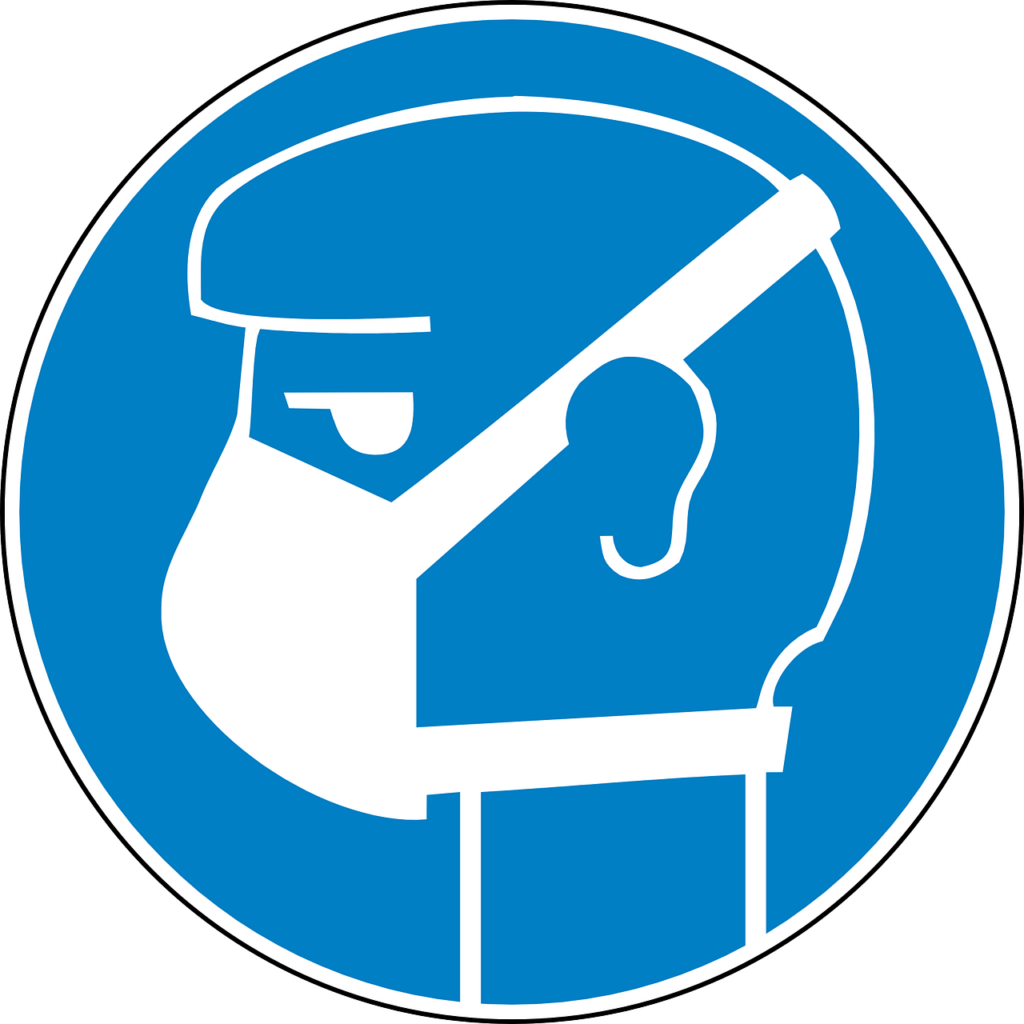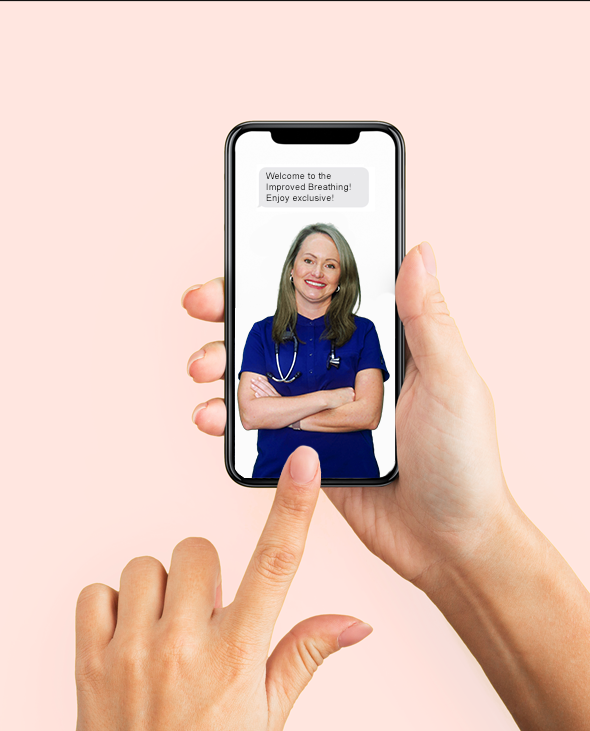Living with Chronic Obstructive Pulmonary Disease (COPD) or emphysema can be challenging, especially when unexpected flare-ups occur. Understanding what triggers these symptoms is crucial for managing your condition effectively. In this blog post, we’ll explore common COPD triggers and provide strategies to help you avoid or minimize their impact on your daily life.
Common COPD Symptom Triggers
1. Air Pollution and Irritants
One of the most significant triggers for COPD symptoms is exposure to air pollution and irritants. These can include:
- Outdoor air pollution (smog, vehicle exhaust)
- Cigarette smoke (both firsthand and secondhand)
- Strong odors (perfumes, cleaning products, paint fumes)
- Dust and particulate matter
To reduce exposure to these triggers:
- Check daily air quality reports and limit outdoor activities on high-pollution days
- Avoid areas where smoking is permitted
- Use natural, fragrance-free cleaning products
- Ensure proper ventilation when using products that emit strong odors
2. Weather Changes
Extreme temperatures and sudden weather changes can exacerbate COPD symptoms. Both cold, dry air and hot, humid conditions can make breathing more difficult.
Tips for managing weather-related triggers:
- Use a scarf or mask to warm the air you breathe in cold weather
- Stay indoors with air conditioning during hot, humid days
- Use a humidifier in dry conditions to add moisture to the air
- Plan outdoor activities for times when weather conditions are most favorable
3. Respiratory Infections
Colds, flu, and other respiratory infections can significantly worsen COPD symptoms and potentially lead to exacerbations.
Protect yourself by:
- Getting annual flu shots and staying up-to-date with pneumococcal vaccinations
- Practicing good hand hygiene
- Avoiding close contact with people who have respiratory infections
- Considering wearing a mask in crowded public places during cold and flu season
4. Physical Exertion
While regular exercise is beneficial for COPD management, overexertion can trigger symptoms.
Strategies for safe physical activity:
- Work with your healthcare provider to develop an appropriate exercise plan
- Start slowly and gradually increase intensity and duration
- Use pursed-lip breathing techniques during activities
- Take breaks as needed and listen to your body
5. Stress and Anxiety
Emotional stress and anxiety can lead to increased breathing rates and tension in the chest muscles, potentially triggering COPD symptoms.
To manage stress:
- Practice relaxation techniques such as deep breathing exercises, meditation, or yoga
- Engage in regular physical activity (as approved by your doctor)
- Consider joining a support group for individuals with COPD
- Speak with a mental health professional if stress and anxiety are significantly impacting your life
6. Certain Foods and Beverages
Some people with COPD find that certain foods and drinks can trigger symptoms or make breathing more difficult.
Common culprits include:
- Carbonated beverages
- Salty foods (which can lead to fluid retention)
- Gas-producing foods (such as beans, cabbage, and onions)
- Dairy products (which can increase mucus production in some individuals)
Keep a food diary to identify any personal triggers and discuss findings with your healthcare provider or a registered dietitian.
7. Allergens
For those with COPD who also have allergies, exposure to allergens can worsen symptoms.
Common allergens include:
- Pollen
- Mold spores
- Dust mites
- Pet dander
Reduce allergen exposure by:
- Using air purifiers with HEPA filters
- Regularly cleaning and vacuuming your home
- Washing bedding in hot water weekly
- Keeping pets out of the bedroom
Developing a Personal Trigger Management Plan
Everyone’s experience with COPD is unique, and triggers can vary from person to person. It’s essential to work closely with your healthcare team to identify your specific triggers and develop a personalized management plan. This plan may include:
- Keeping a symptom diary to track potential triggers
- Creating an action plan for when symptoms worsen
- Ensuring you have appropriate medications on hand, including rescue inhalers
- Regular check-ups to monitor your lung function and adjust your treatment plan as needed
By understanding and actively managing your COPD triggers, you can significantly improve your quality of life and reduce the frequency and severity of symptom flare-ups. Remember, while COPD is a chronic condition, with proper management and care, many people lead active and fulfilling lives.
If you’re struggling to identify or manage your COPD triggers, don’t hesitate to reach out to your healthcare provider. They can provide valuable insights, additional resources, and potentially recommend pulmonary rehabilitation programs that can further support your lung health journey.
Living with COPD or emphysema presents challenges, but with knowledge, preparation, and support, you can take control of your symptoms and breathe easier.

